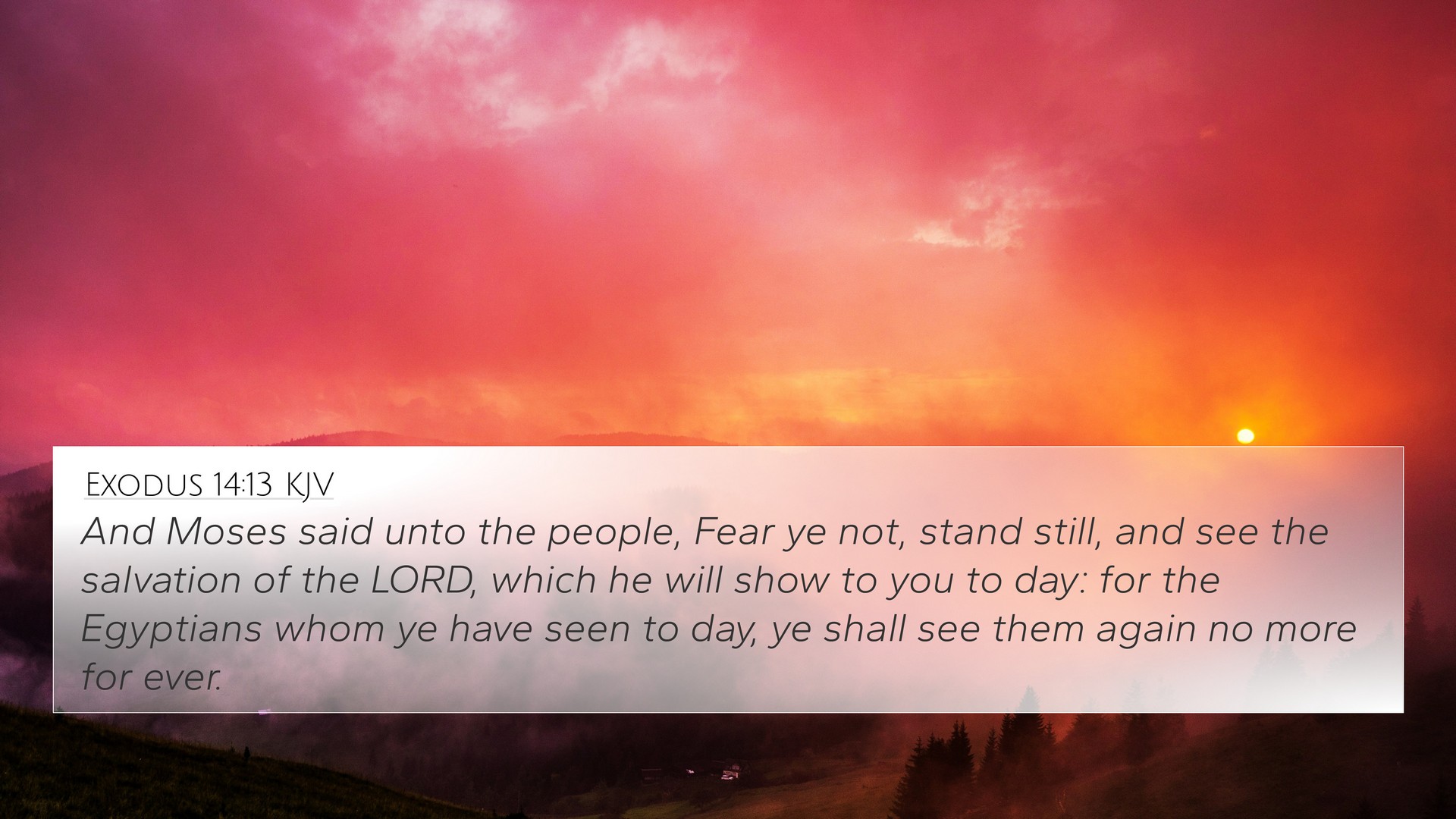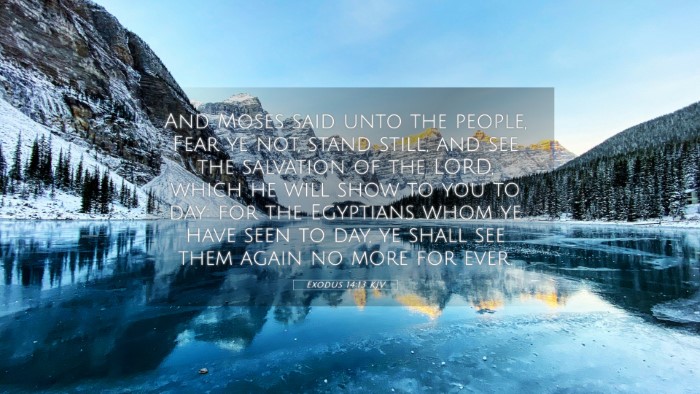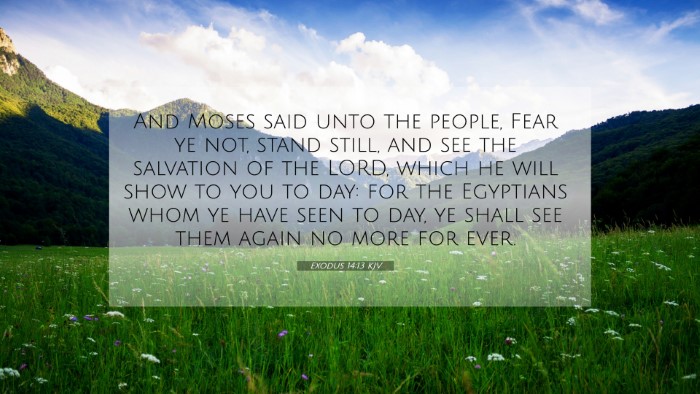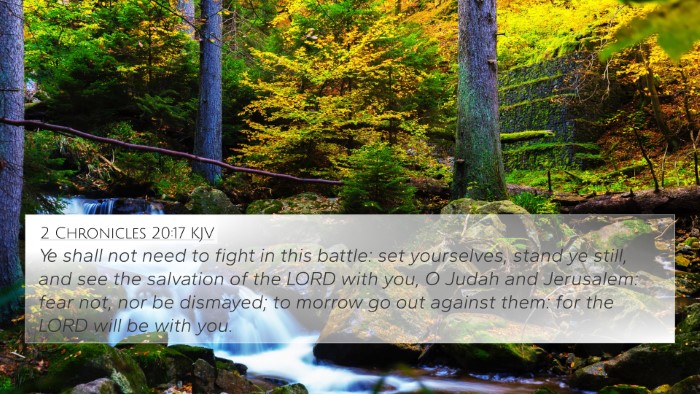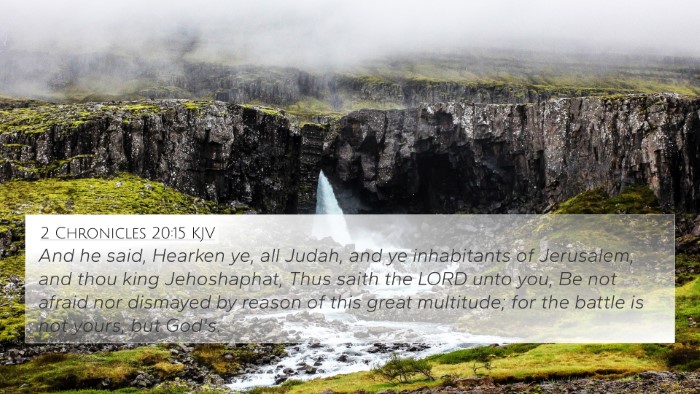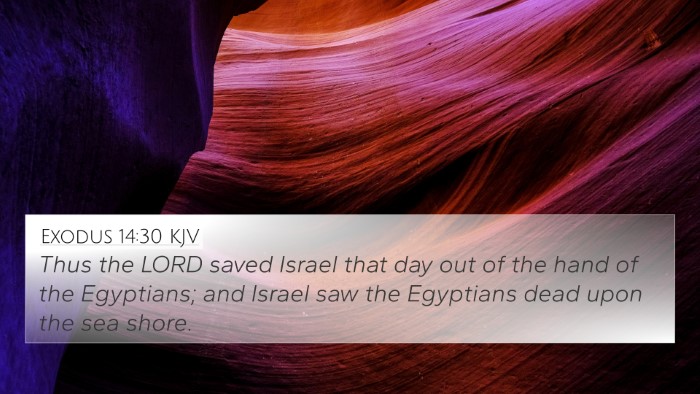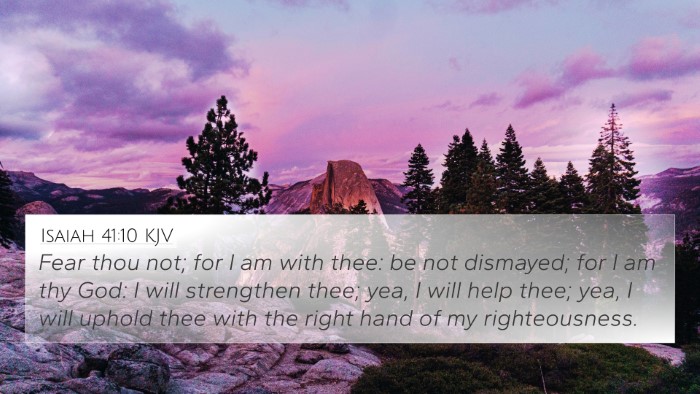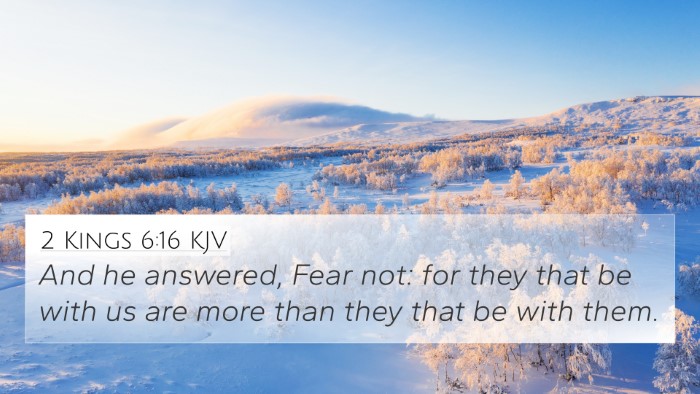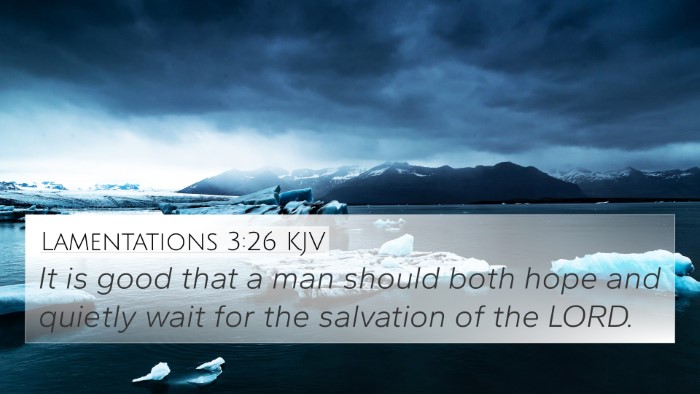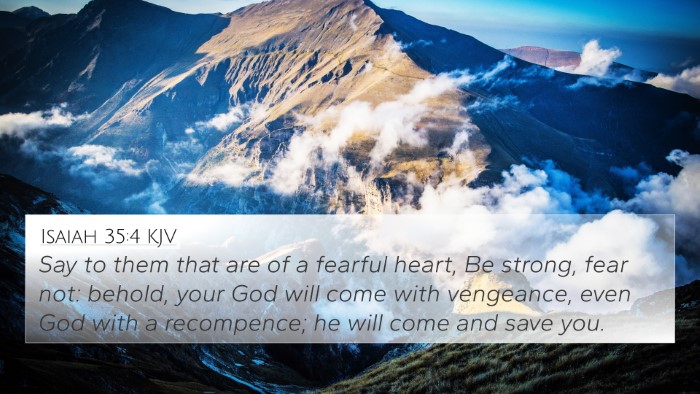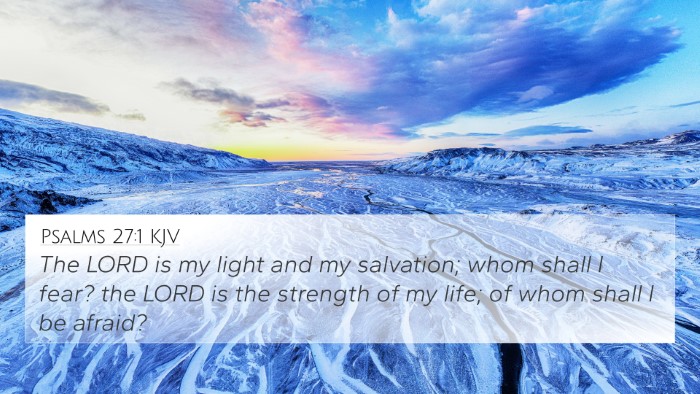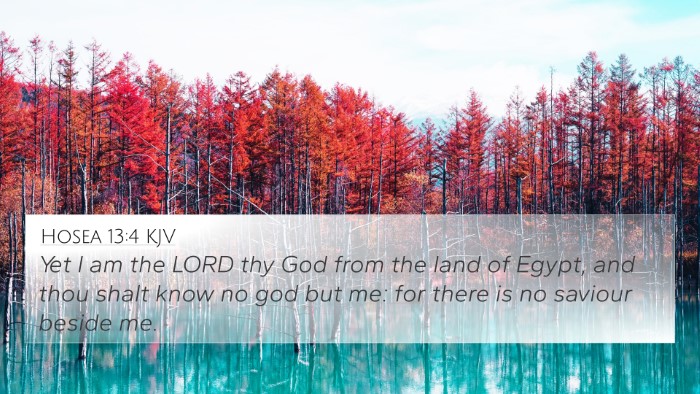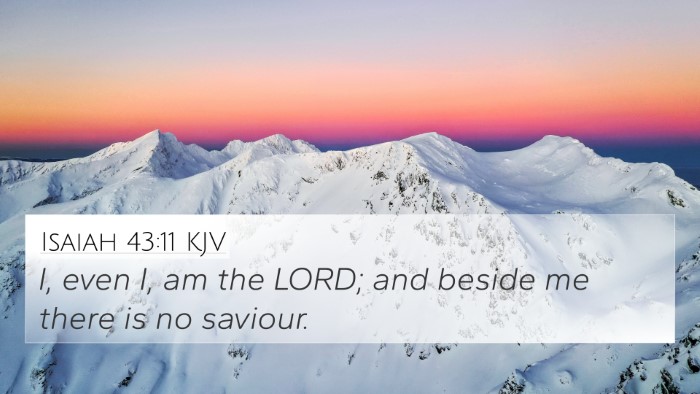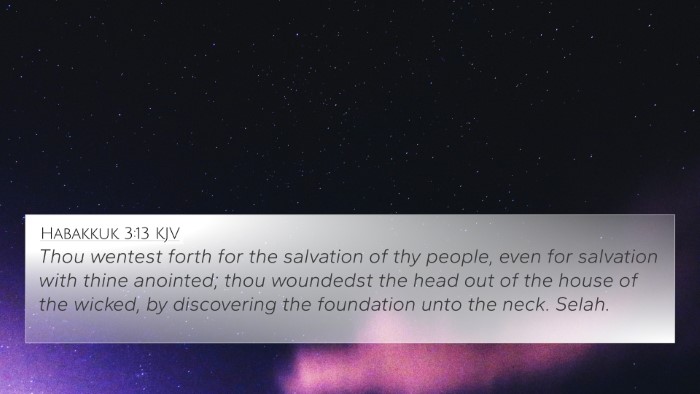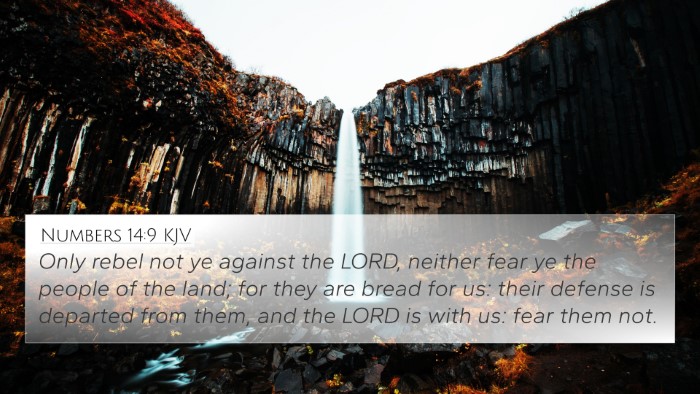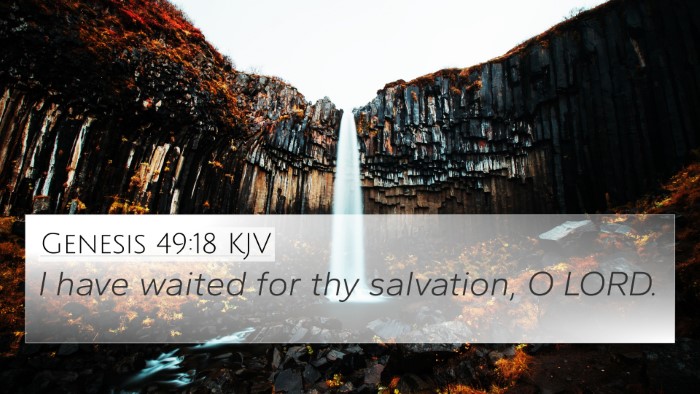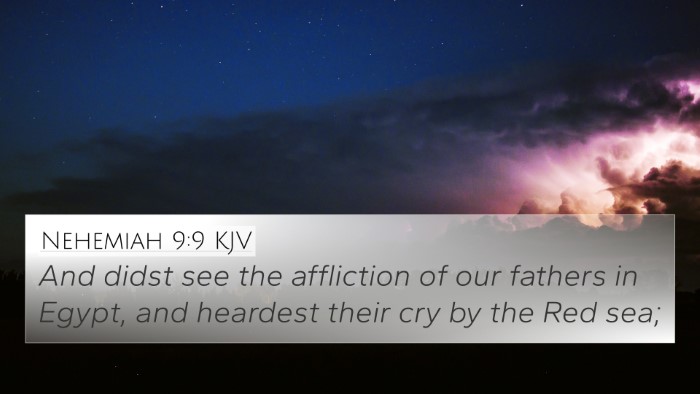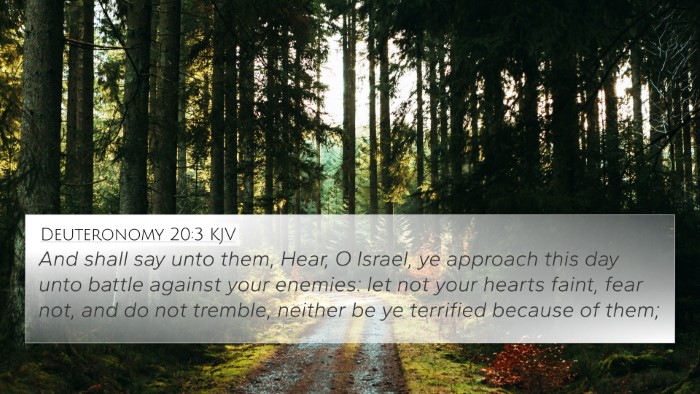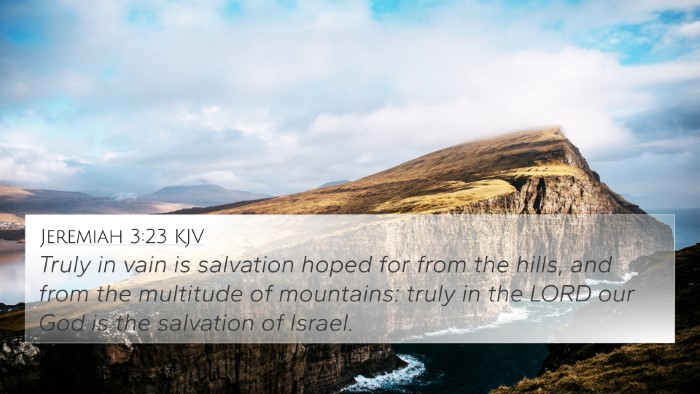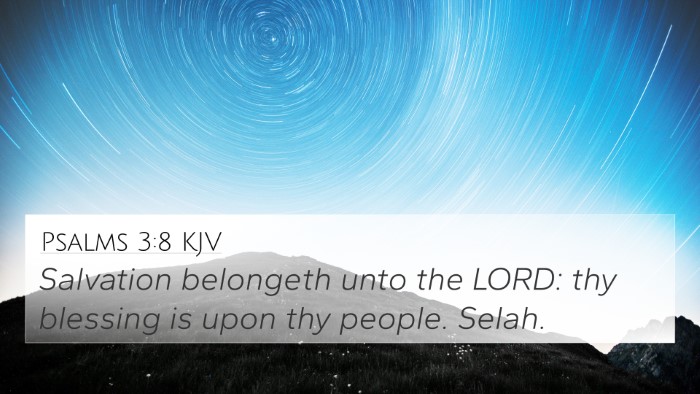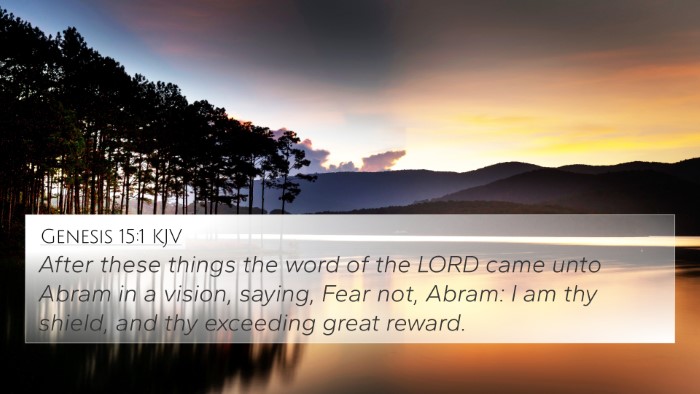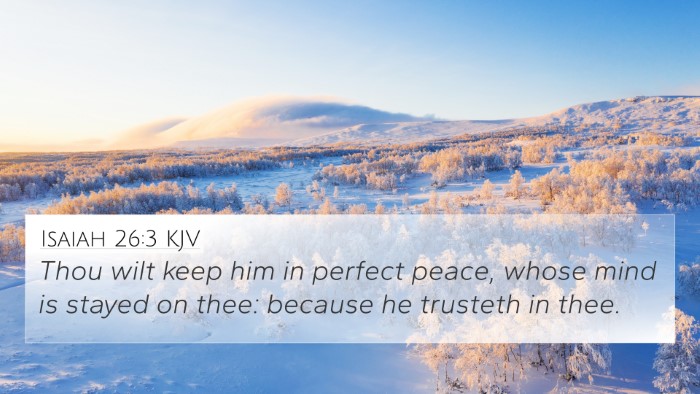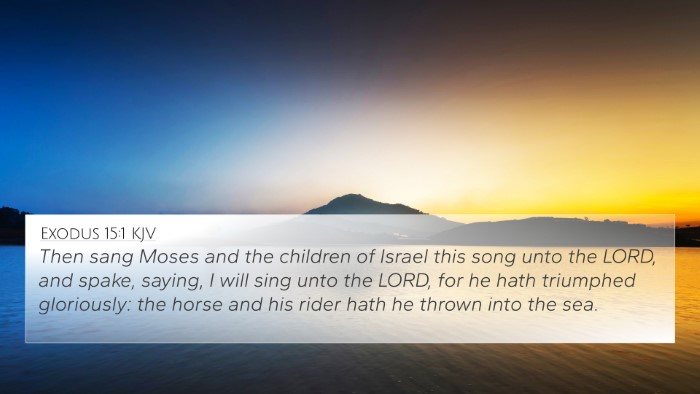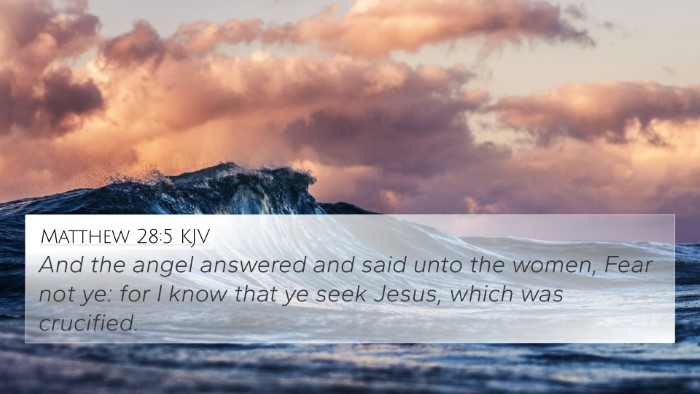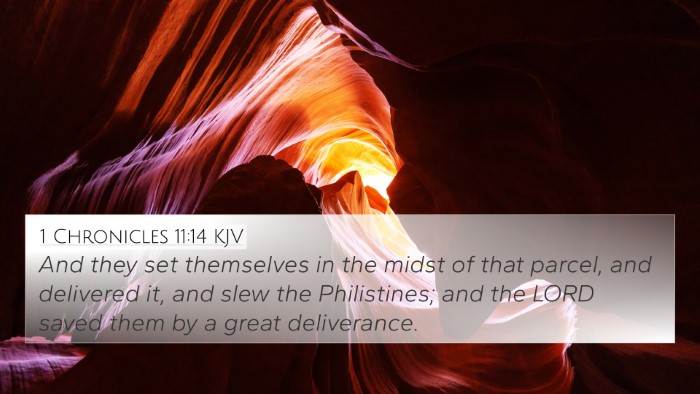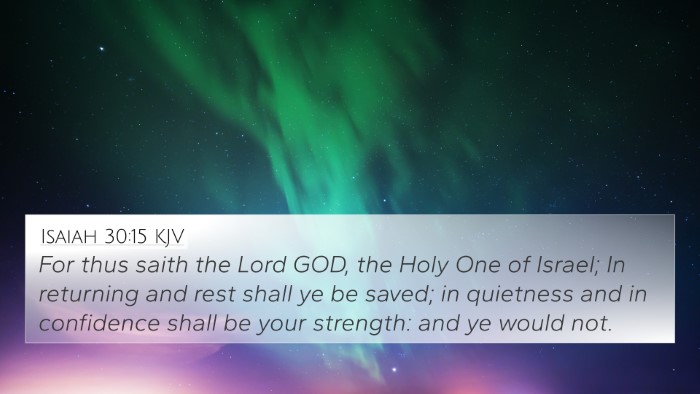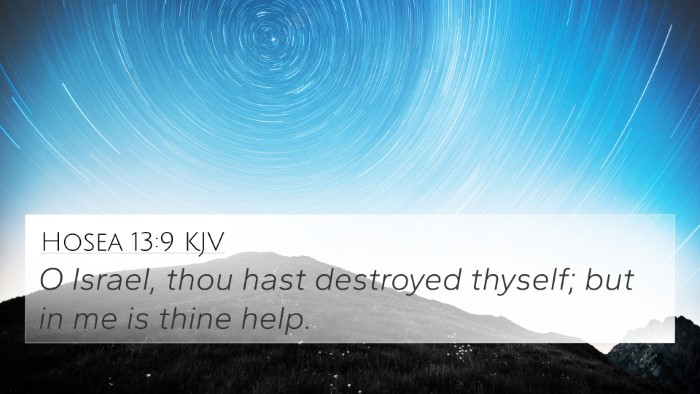Understanding Exodus 14:13
Exodus 14:13 states, "And Moses said unto the people, Fear ye not, stand still, and see the salvation of the Lord, which he will shew to you to day: for the Egyptians whom ye have seen to day, ye shall see them again no more for ever." This verse is a pivotal moment in the Exodus narrative, conveying immense thematic depth and encouragement to the Israelites at a critical juncture.
Summary of Insights from Commentaries
This part presents the combined interpretations from renowned public domain commentators to elucidate this significant verse in the context of faith and divine intervention.
Fear Not
Matthew Henry’s Commentary emphasizes the importance of approaching challenges without fear. Moses instructs the Israelites to "fear ye not" because fear distracts from seeing God's deliverance. The idea is that fear can paralyze faith, and standing firm in faith allows for the manifestation of God’s saving grace.
Stand Still
Albert Barnes’ Notes highlight the command to "stand still" as a call for patience and trust. In a moment of peril, when the Israelites felt trapped by the pursuing Egyptians, Moses encourages them to pause and rely on God’s promises. This reflects a broader biblical principle of waiting on the Lord, which can be cross-referenced with Psalm 27:14 and Isaiah 40:31.
See the Salvation of the Lord
Adam Clarke’s Commentary articulates that seeing God's salvation is often a process of revelation that unveils His divine power. The phrase "see the salvation of the Lord" suggests that deliverance is not simply about physical escape, but an acknowledgment of God's active presence in their lives. This idea correlates with Luke 3:6, where salvation is a theme fulfilled in Christ.
Spiritual Significance
This passage encapsulates a profound theme of trusting in God's plan during impossible circumstances, reflecting the greater narrative of redemption throughout the Scriptures.
Cross-References
Here are some significant Bible verses that relate to Exodus 14:13:
Psalm 46:1-3 - God's presence as a refuge and strength.
2 Chronicles 20:17 - The instruction to stand firm and see God’s deliverance.
Isaiah 41:10 - God reassures His people not to fear because He is with them.
Matthew 8:26 - Jesus calms the storm, reinforcing the notion of divine oversight in crises.
Hebrews 11:29 - Faith that leads to deliverance from peril, akin to the Israelites’ trust.
Romans 8:31 - "If God is for us, who can be against us?" encapsulates the essence of reliance on divine support.
1 Corinthians 10:13 - God’s faithfulness in providing a way of escape mirrors the Israelites' deliverance.
Thematic Connections
The connection between Exodus 14:13 and various other Scriptures emphasizes the repeated theme of God as a deliverer throughout the Bible:
- Deliverance – Both Exodus and New Testament teachings underscore God's capacity to save His people in desperation.
- Faith – Many verses, from Old Testament to Pauline epistles, stress steadfast belief in God's promises even in hardship.
- Patience – The scriptural narrative often calls for waiting on God's appointed time, a theme present in James 1:2-4.
Conclusion
In summary, Exodus 14:13 serves as both a historical moment and an enduring spiritual principle. The combination of standing firm, refraining from fear, and witnessing God's salvation remains a central tenet of faith that resonates throughout the Holy Scriptures. This encourages believers to engage in Bible cross-referencing as a tool for deepening understanding of how interconnected the biblical narrative is.
Exploring Bible verse cross-references can enhance personal study, revealing connections between Bible verses and enriching our ability to interpret Scripture in context. Through Bible concordance tools, one can discover the ties that exist among different texts, thus facilitating a deeper comprehension of God’s redemptive story as seen in both the Old and New Testaments.
